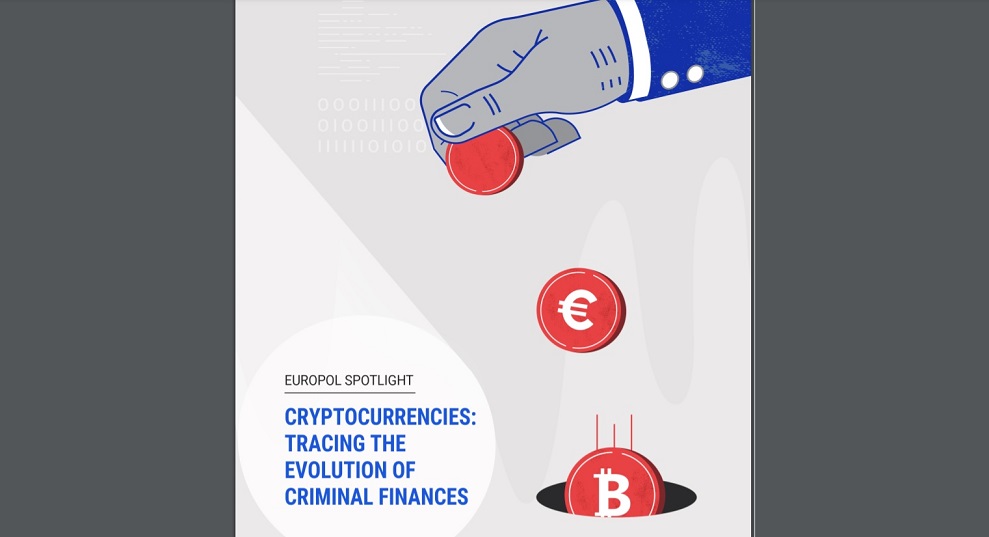
Europol’s new report Cryptocurrencies: tracing the evolution of criminal finances offers insights into how criminals are using cryptocurrencies today. Based on the latest operational information contributed to Europol, data collected for the EU Serious Organised Crime Threat Assessment (SOCTA) 2021 and open sources, this report debunks the following myths:
The use of cryptocurrency as part of criminal schemes is increasing, and the uptake of this payment medium accelerating. However, the overall number and value of cryptocurrency transactions related to criminal activities still represent only a limited share of the criminal economy when compared to cash and other forms of transactions. A range of constraints are related to the use of cryptocurrencies, with high volatility a major factor in criminals’ reluctance to use cryptocurrencies for long-term investments.
The criminal use of cryptocurrency is no longer primarily confined to cybercrime activities, but now relates to all types of crime that require the transmission of monetary value, including fraud and drug trafficking. However, the scale and share of the illicit use of cryptocurrencies as part of criminal activities is difficult to estimate. Criminal networks involved in serious and organised crime also continue to rely on traditional fiat money and transactions to a large degree, in addition to emerging value transfer opportunities.
Criminals have become more sophisticated in their use of cryptocurrencies. The illicit funds increasingly travel through a multi-step process involving financial entities, many of which are novel and are not yet part of standardised, regulated financial and payment markets. Obfuscation methods and other countermeasures continue to be developed and used by criminals.
Cryptocurrencies are not anonymous. Every single transaction is logged onto the blockchain, which is a ledger of all transactions distributed to all users in the network. Most blockchains are publicly available, making transactions traceable. This gives law enforcement access to substantially more information than a case involving cash. While privacy coins and a number of services and techniques may hinder law enforcement investigations, it does by no means stop law enforcement from finding out who is hiding behind the crime.
Recent Europol examples are testimony to this:
Download Cryptocurrencies: tracing the evolution of criminal finances
Banking 4.0 – „how was the experience for you”
„To be honest I think that Sinaia, your conference, is much better then Davos.”
Many more interesting quotes in the video below: